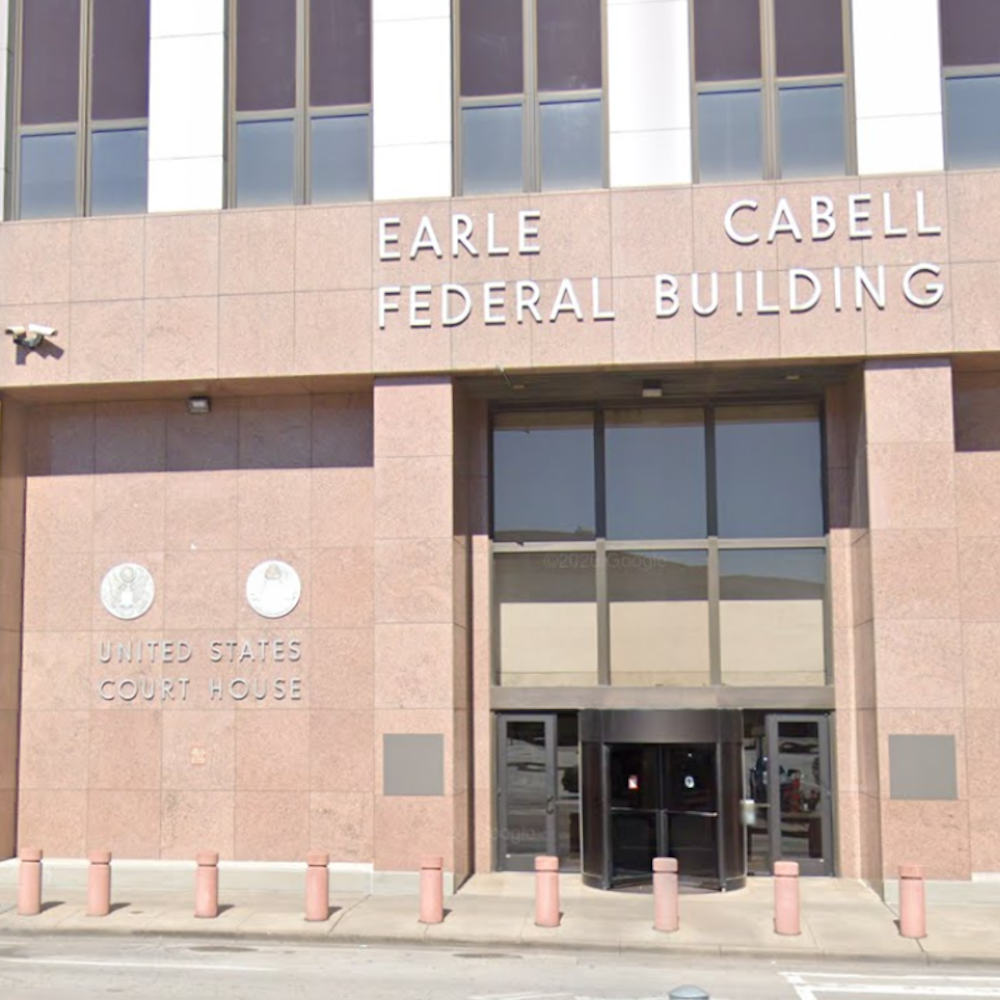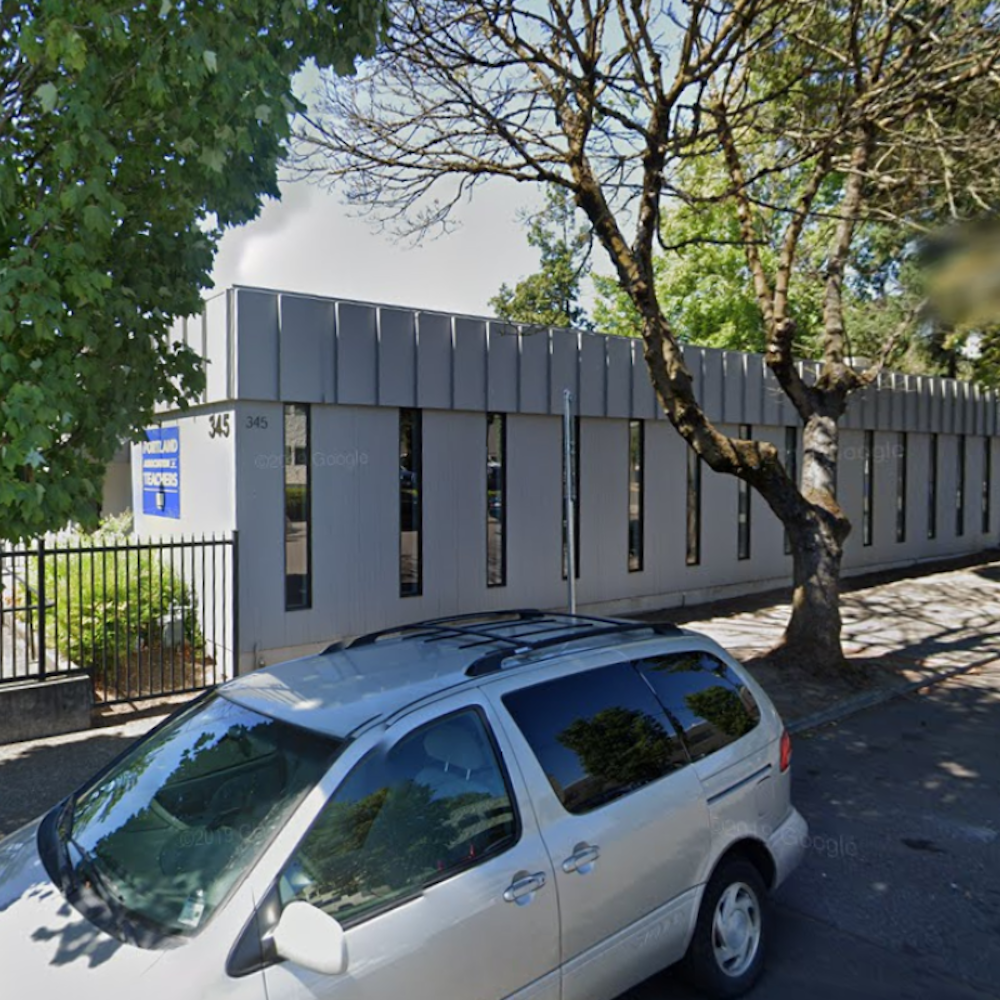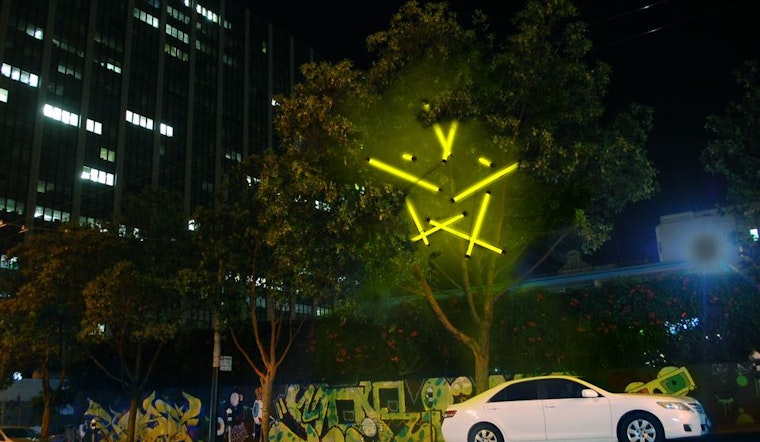
After months of community engagement and a public jury last week, the Tenderloin Community Benefit District has selected one idea to brighten and beautify Larkin Street.
The winning proposal, titled Synesthesia, calls for transforming a regular nuisance—street noise—into works of interactive art.
The proposal was developed by Annie Atura, a Ph.D. candidate in English at Stanford, and Tyler Bushnell and Jason Sauers, both product designers at Apple.
Based on the CBD's goal of using light-centric public art to help draw Civic Center crowds to Little Saigon, as well as beautify and improve safety along Larkin Street, the team's original proposal centered on using LED lights to illuminate dead spaces at night. In addition to improving visibility and safety, the team proposed incorporating microphones that would pick-up street noise and make the lights change colors based on the frequency and amplitude of different sounds captured.
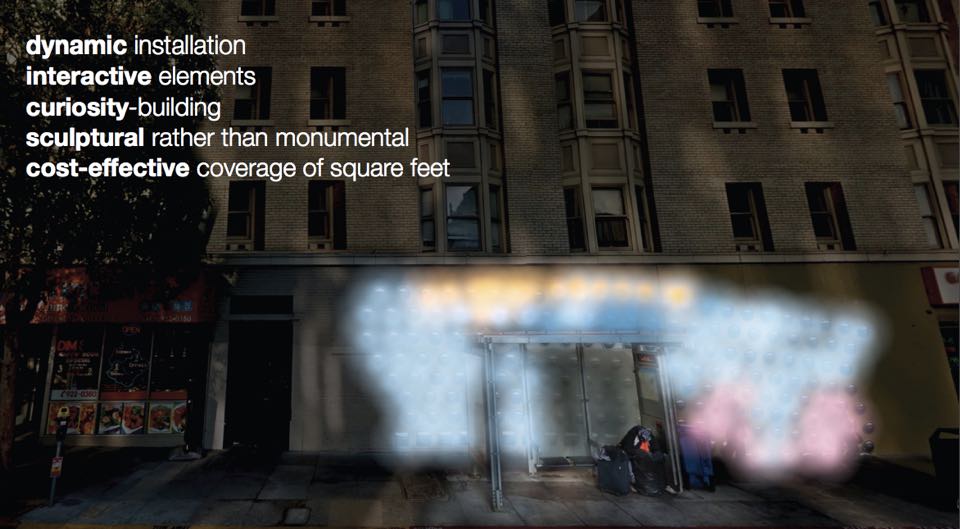
The ultimate goal: Pedestrians would be intrigued by the changing lights and engage with the installations by trying to discover what they or the environment are doing to cause the lights to change.
Through the project's community engagement program—which included interviews with local business owners, residents and visitors—the team learned that few people in the area were interested in seeing light used to illuminate grime along underused walls and sidewalks. With that feedback, and an interest in limiting opportunities to vandalize the installations, they pivoted toward taking advantage of trees lining the corridor.
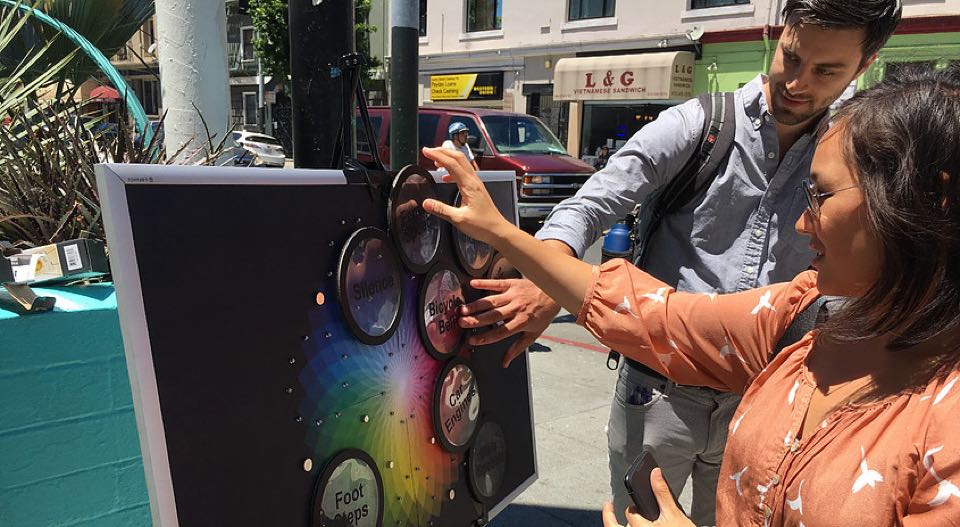
The final proposal entails building three different sculptural installations out of LED strips and microphones that will be mounted within the canopies of mature trees.
In addition to the colors changing based on noise (and wind) in the area, the sculptures will appear to change shape as viewers' vantage points change—giving residents and regular visitors another element to discover and share with visitors.
Initially, the team has proposed an arrow pointing from Civic Center to Little Saigon, a star, and the Chinese symbol for 'love' and 'care.' However, they do hope to install more than three installations and plan to work with the community to finalize the exact shapes, says Annie Atura.
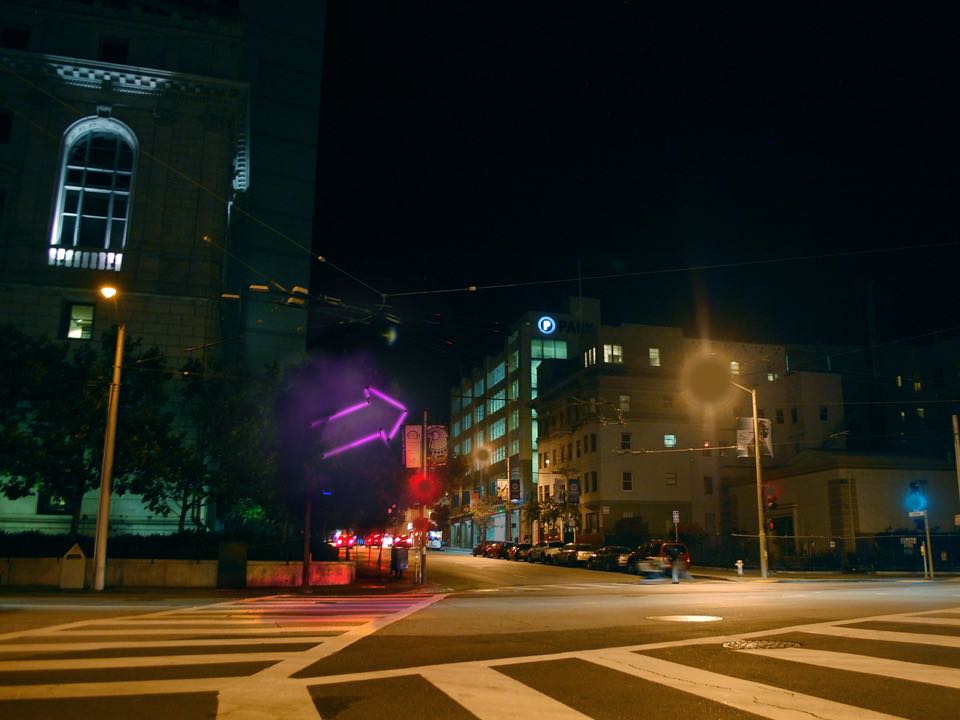
Of the three proposals presented to the jury last week, juror Katie Conry, program manager at the Tenderloin Museum, said she found Synesthesia "to be the most artistically interesting project, and also the one most connected to the neighborhood." "The Tenderloin has a strong sense of community, and I think Synesthesia will spark the most conversation between locals and visitors," she said.
In particular, Conry was drawn to the installation's ability to respond to the community. "Synesthesia has a "local knowledge" component, the lights only make shapes from certain angles, and different sounds create different colors. I was reminded of Mona Caron's 'Windows Into the Tenderloin' mural, and how every time I walk by it someone on the streets wants to tell me the story behind it. I think the same will happen with Synesthesia; this is art that will not only make the neighborhood safer by creating much needed lighting, but also foster community."
Steven Gibson, executive director of the TLCBD, added that choosing a winner was "very difficult" for the jury. But the project will continue to evolve before it's installed next year. The CBD will be working with the team behind Synesthesia over the next month to further refine the proposal, including defining the "costs, implementation and maintenance challenges" and developing a larger proposal to "attract the investment needed to allow the production and installation of the project," Gibson said.








